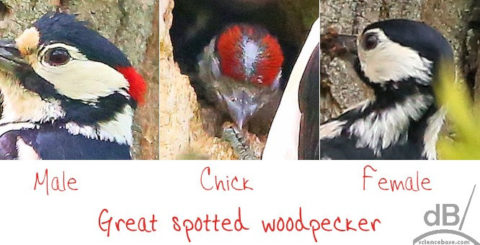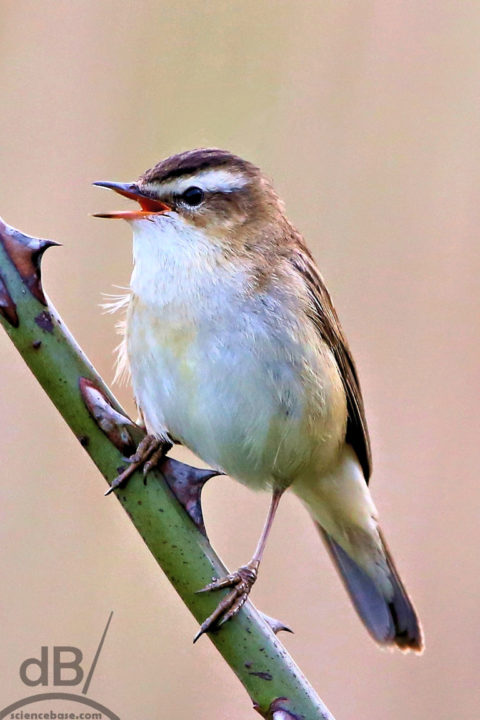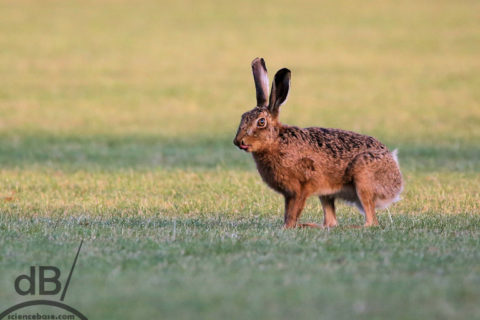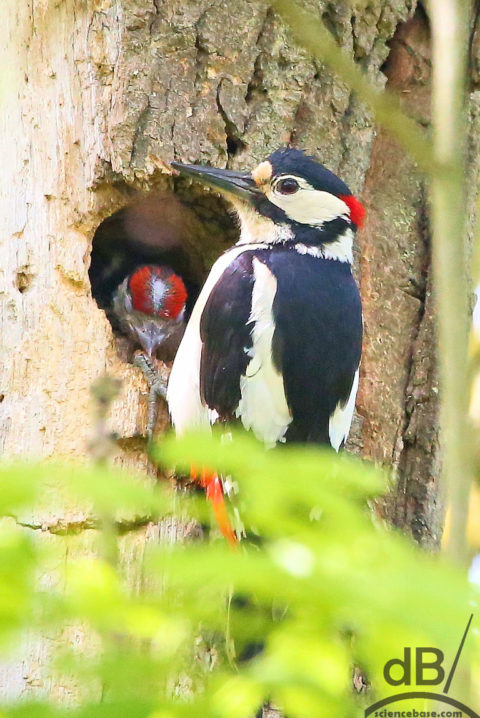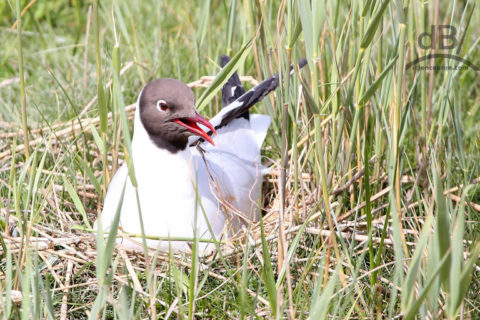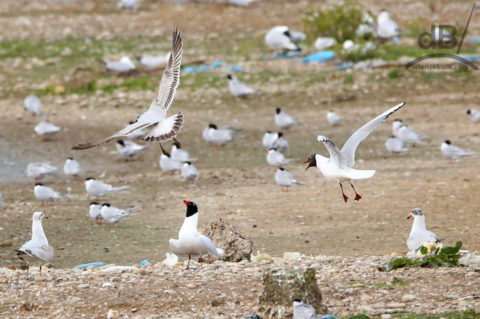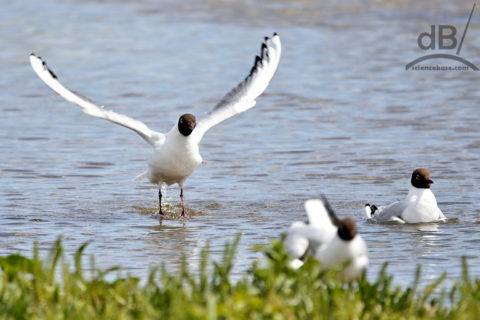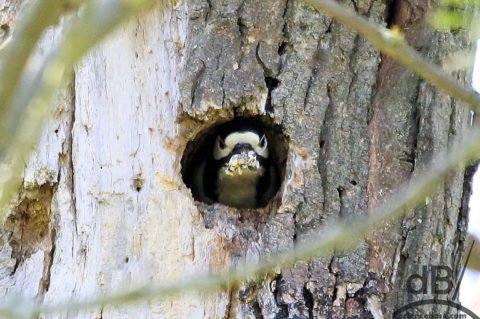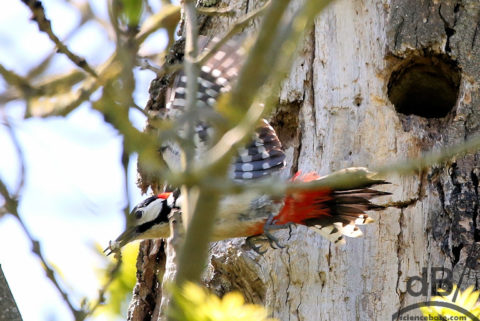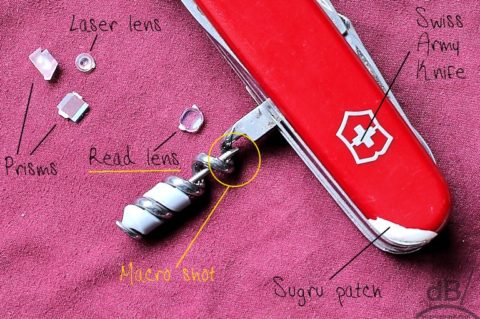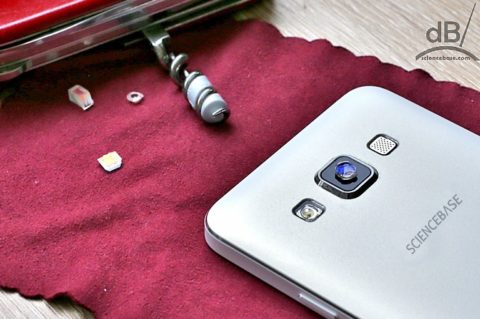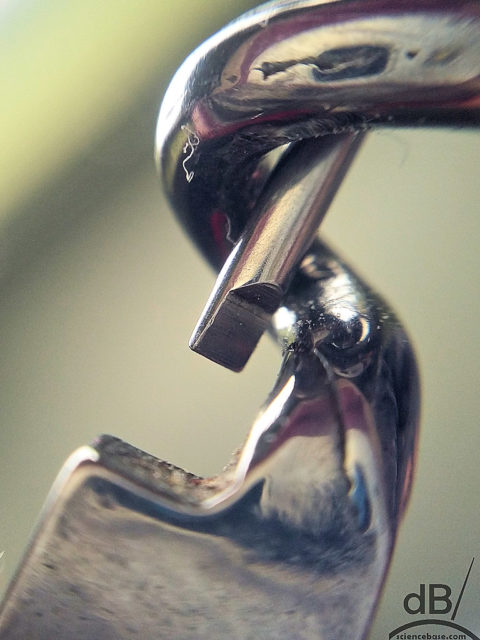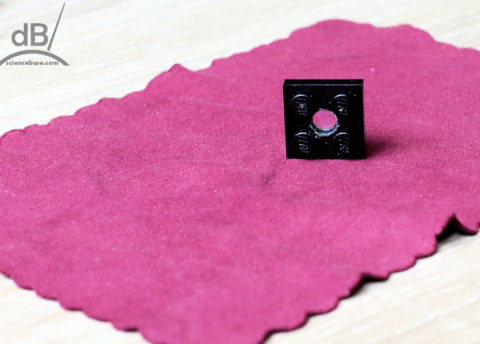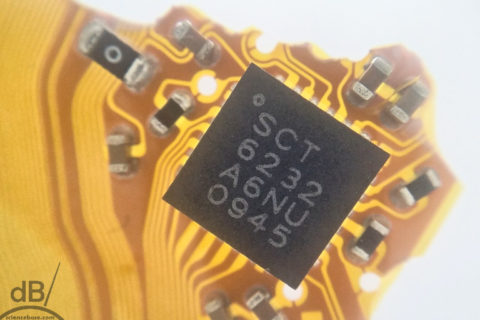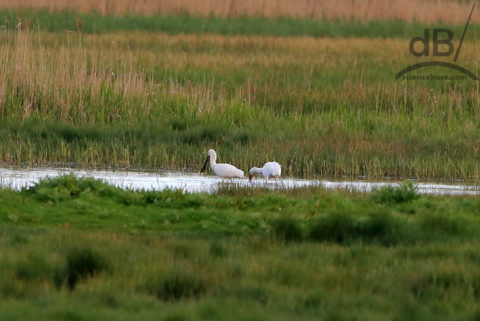On friday, I took up the challenge of extracting the read lens from an old CD drive to make a monster macro for my mobile (per the tip in Practical Photography magazine). My initial design had me boring a hole in a small, flat, Lego square, which was a perfect fit for the lens. The square then sat on top of the mobile phone camera’s lens so that the lower face is flush to the camera lens. I then built a platform from Lego over which I could perch small objects to photograph. I tried a silicon chip, a magpie’s feather, some coins and other bits and pieces. The first photos are all now in my macro photo gallery. With the camera in this position, i.e. screen down I had to use a remote control to click the shutter (Airdroid on my desktop did the job for those initial shots).
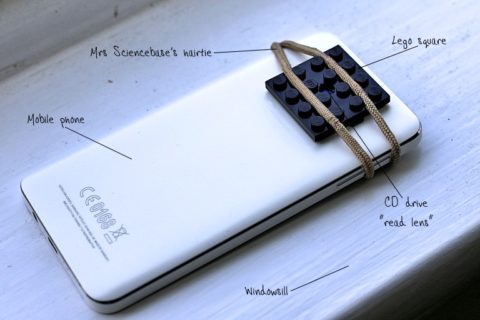

However, to make a more portable and usable version, I found a bigger Lego square and bored a hole in the centre with the same bradawl and posidrive screwdriver. Cleaned up the hole and popped the lens out of the original Lego and after a quick clean with a camera cloth, nudged it into this bigger square. The bigger square allowed me to use a hairtie borrowed from Mrs Sciencebase to fasten the lens to the phone still ensuring it is flush and centred on the camera’s lens. NB Hairties often have a little metal connector within, so if you follow my version 2.0 design, make sure that portion of the hairtie is not touching your phone’s screen.

Next, was to build a slightly different rig for the phone. Various flat pieces of Lego allowed me to get things set up so the camera would be almost the right height from the object below and now with the screen facing upwards I could control the camera more hands-on. To get the focusing distance close but not too close required the equivalent of three Lego “flats” including the platform. In fact, this wouldn’t focus at this height with my particular camera and CD lens, so I need to place a credit card, or in my case an amazon gift card under each end of the right to get the height just right to focus on an object below the platform, in the test shot, a tiny fly that had died on my windowsill.
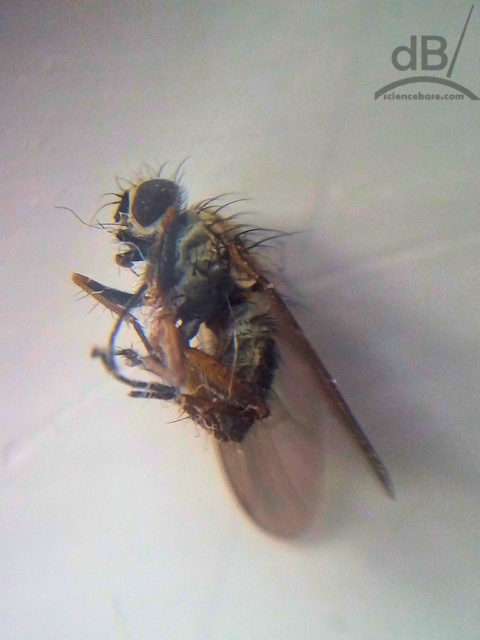
I am sure you will find your own tweaks for such a rig, an alternative to Lego and perhaps even a better way to attach the lens to the camera lens. Small, flat objects at the precise centre of the image focus best as depth-of-field is very limited and optical abberations become apparent at the image edges. However, the quality as you have probably seen my now is quite remarkable and even top of the range professional macro lenses suffer from some optical abberation!
There is an added benefit to the hairtie approach in that it makes the monster macro mobile. If you have a steady enough hand or enough light for a fast shutter speed, you can get macro-style closeups of almost anything you can point your camera at.
